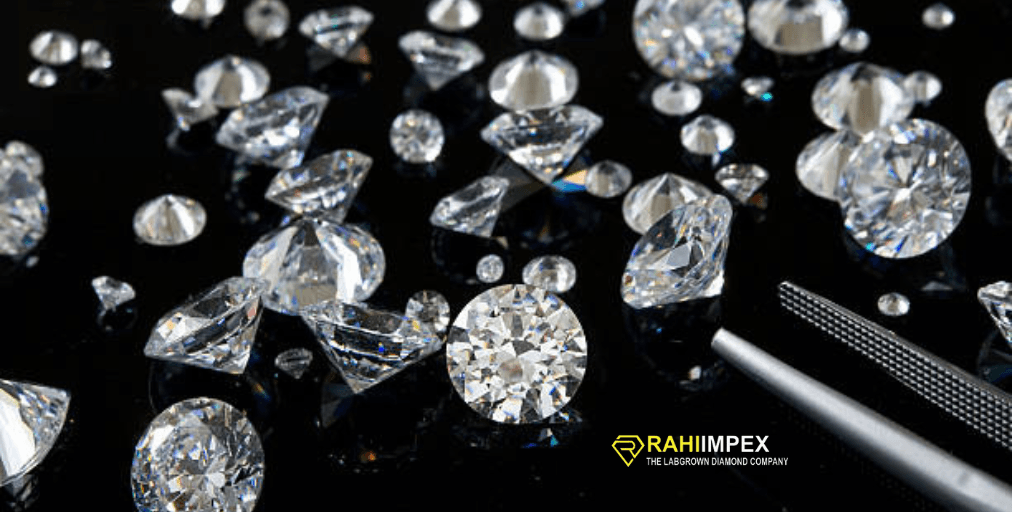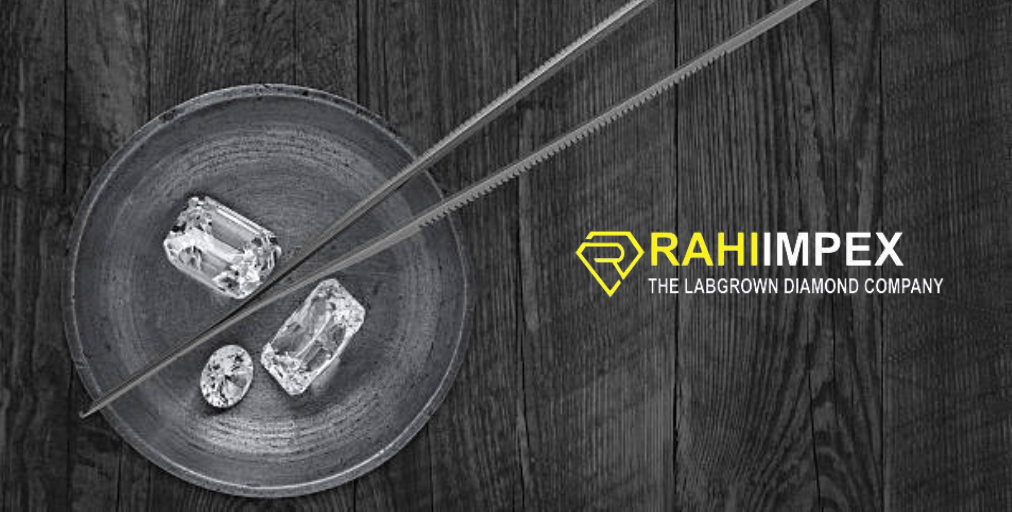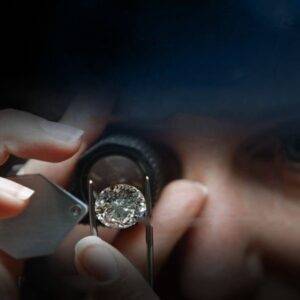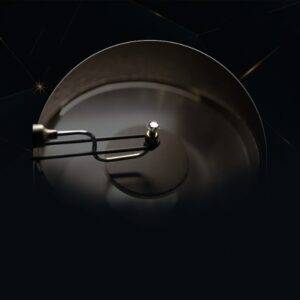What You Need to Know About CVD Diamond Manufacturers: A Comprehensive Guide
In recent years, the diamond industry has witnessed a significant transformation with the emergence of lab grown diamonds. Among these, Chemical Vapor Deposition (CVD) diamonds have gained immense popularity for their purity, ethical sourcing, and sustainable production methods. This comprehensive guide delves into the world of CVD diamonds, focusing on manufacturers, jewelry, pricing, and purchasing options.
What are CVD Diamonds?
CVD diamonds are lab-grown diamonds produced using a method called Chemical Vapor Deposition. This process involves creating a controlled environment where carbon atoms are deposited onto a substrate, forming a diamond crystal. Unlike natural diamonds, which take millions of years to form underground, CVD diamonds are created in a matter of weeks in a controlled laboratory setting.
CVD Diamond Manufacturers
Several manufacturers around the world specialize in producing CVD diamonds. These manufacturers use advanced technology and state-of-the-art equipment to create high-quality diamonds that are virtually indistinguishable from natural diamonds. Some of the leading CVD diamond manufacturers include:
- Element Six: Element Six is a prominent manufacturer of synthetic diamonds, including CVD diamonds. They offer a wide range of CVD diamond products, including rough diamonds, polished diamonds, and diamond jewelry.
- Pure Grown Diamonds: Pure Grown Diamonds is known for producing lab-grown diamonds using the CVD process. They focus on creating diamonds that are environmentally friendly and ethically sourced.
- WD Lab Grown Diamonds: WD Lab Grown Diamonds is another reputable manufacturer of CVD diamonds. They offer a variety of diamond products, including loose diamonds, engagement rings, and other jewelry items.
CVD Diamond Jewelry Manufacturers
CVD diamonds are increasingly being used in jewelry due to their high quality and affordability. Many jewelry manufacturers specialize in creating stunning pieces using CVD diamonds. These manufacturers offer a wide range of jewelry options, including:
- CVD Diamond Rings: CVD diamonds are often used in engagement rings and wedding bands. These rings feature stunning CVD diamonds set in various metals, such as gold, platinum, and silver.
- CVD Diamond Earrings: CVD diamonds are also popular in earrings, including studs, hoops, and dangle earrings. These earrings showcase the brilliance of CVD diamonds and are available in various styles and designs.
- CVD Diamond Necklaces: Necklaces featuring CVD diamonds are elegant and sophisticated. These necklaces come in different lengths and designs, making them suitable for various occasions.
CVD Diamond Price
The price of CVD diamonds can vary depending on several factors, including the size, quality, and color of the diamond. Generally, CVD diamonds are more affordable than natural diamonds, making them an attractive option for those looking for high-quality diamonds at a lower cost. The price of CVD diamonds is also influenced by market demand and supply, as well as the reputation of the manufacturer.
Buying CVD Diamonds Online
Buying CVD diamonds online has become increasingly popular due to the convenience and wide selection of diamonds available. When buying CVD diamonds online, it is essential to choose a reputable and trustworthy retailer. Look for retailers that offer certified CVD diamonds and provide detailed information about the diamond’s specifications, such as cut, clarity, and carat weight. Additionally, consider the retailer’s return policy and customer reviews before making a purchase.
Conclusion
CVD diamonds offer a sustainable, ethical, and affordable alternative to natural diamonds. With advancements in technology, CVD diamonds have become increasingly popular in the jewelry industry. As a consumer, it is essential to educate yourself about CVD diamonds and choose reputable manufacturers and retailers when purchasing these beautiful gems. Whether you are looking for an engagement ring, earrings, or necklace, CVD diamonds are a stunning and eco-friendly choice that will last a lifetime.
FAQs
Q: What is the difference between CVD diamonds and natural diamonds?
A: CVD diamonds are lab-grown diamonds created using a process called Chemical Vapor Deposition, while natural diamonds are formed naturally over millions of years deep within the earth. CVD diamonds have the same chemical and physical properties as natural diamonds but are created in a controlled environment in a fraction of the time it takes for natural diamonds to form.
Q: Are CVD diamonds real diamonds?
A: Yes, CVD diamonds are real diamonds. They have the same chemical composition (pure carbon) and crystal structure as natural diamonds, making them indistinguishable from natural diamonds to the naked eye.
Q: Are CVD diamonds environmentally friendly?
A: Yes, CVD diamonds are considered more environmentally friendly than natural diamonds. The process of creating CVD diamonds consumes less energy and produces fewer carbon emissions compared to the mining process for natural diamonds. Additionally, CVD diamonds are not associated with the environmental and social issues often associated with diamond mining.
Q: How are CVD diamonds graded for quality?
A: CVD diamonds are graded using the same criteria as natural diamonds, known as the 4Cs: cut, color, clarity, and carat weight. The Gemological Institute of America (GIA) and other gemological laboratories provide grading reports for CVD diamonds, detailing these characteristics.
Q: Can CVD diamonds be used in engagement rings and other jewelry?
A: Yes, CVD diamonds are commonly used in engagement rings, earrings, necklaces, and other jewelry pieces. They offer a more affordable and sustainable option compared to natural diamonds, making them popular among environmentally conscious consumers.
What You Need to Know About CVD Diamond Manufacturers: A Comprehensive Guide Read More »









